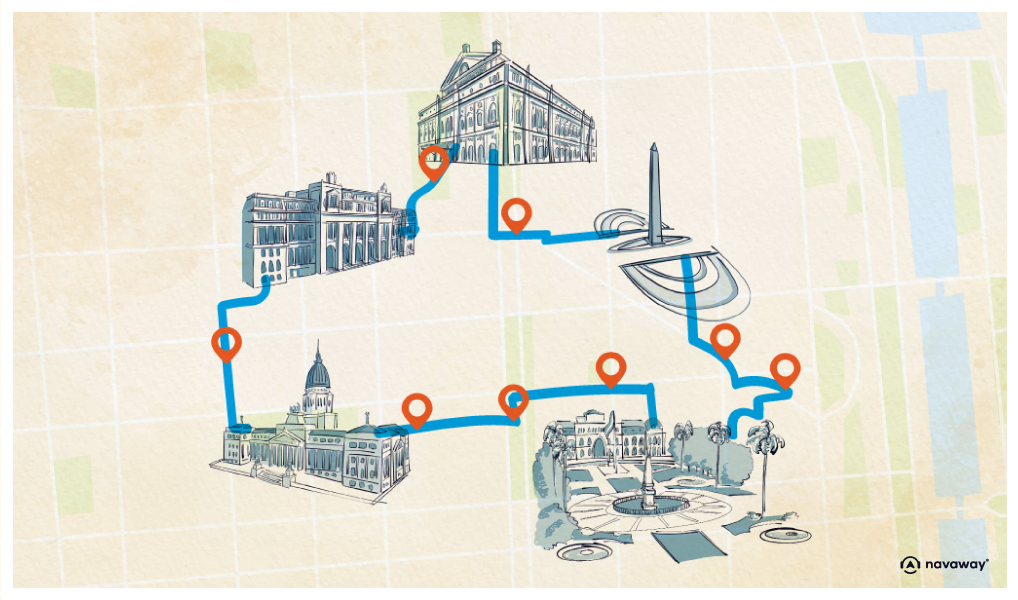
The Obelisk

This point of interest is available as audio on the tour: Visit Buenos Aires, The soul of Argentina
There it is! The famous Obelisk. It’s hard to miss – you’ve probably seen it towering over the city skyline. It sits right in the middle of Plaza de la República, the city’s central square. So how did it get there, and why has it become one of the most famous landmarks in Buenos Aires? It all began in the 1930s, when a number of major urban planning projects were underway. They wanted to lay out grand avenues to connect all the important government buildings; one such example is the Diagonal Norte Avenue, now linking the Casa Rosada to the Palace of Justice. And then they decided to create the iconic Plaza de la República, the Republic Square, at the intersection of two of these new avenues – even if that meant knocking down two city blocks and a church. So be it if it was in this church that the Argentine flag was raised for the very first time. No big deal! And so, on May 23, 1936, the city erected a 67.5-metre-high obelisk made of white Cordoba stone to celebrate the 400th anniversary of the founding of Buenos Aires. Unfortunately, it cracked in 1938, and the stones were replaced with cement, hence its current look. But the locals didn’t like it, and they even considered tearing it down because they thought it was useless, expensive and dangerous. But little by little, it grew on them and became a go-to meet-up spot and a true emblem of the city. Since then, the obelisk has seen it all. In 1973, it was transformed into a Christmas tree, and in 1998, Greenpeace hung a “Save the Climate” banner around it. Spoiler alert: it didn’t exactly change the world. It was even covered with a giant 37-metre pink condom for World AIDS Day in 2005. Then in 2007, for the 150th anniversary of close relations between Argentina and Germany, it sported both countries’ colors. Last but not least, in 2009, the French aerobatics team, the Patrouille de France, even did a show around it, leaving smoke trails in the Argentine and French flag colors.

Discover other tours to visit Buenos Aires

Discover Buenos Aires with app
An interactive guide through the most beautiful streets, squares, and districts
18 fun audioguides full of historical facts, anecdotes, and legends
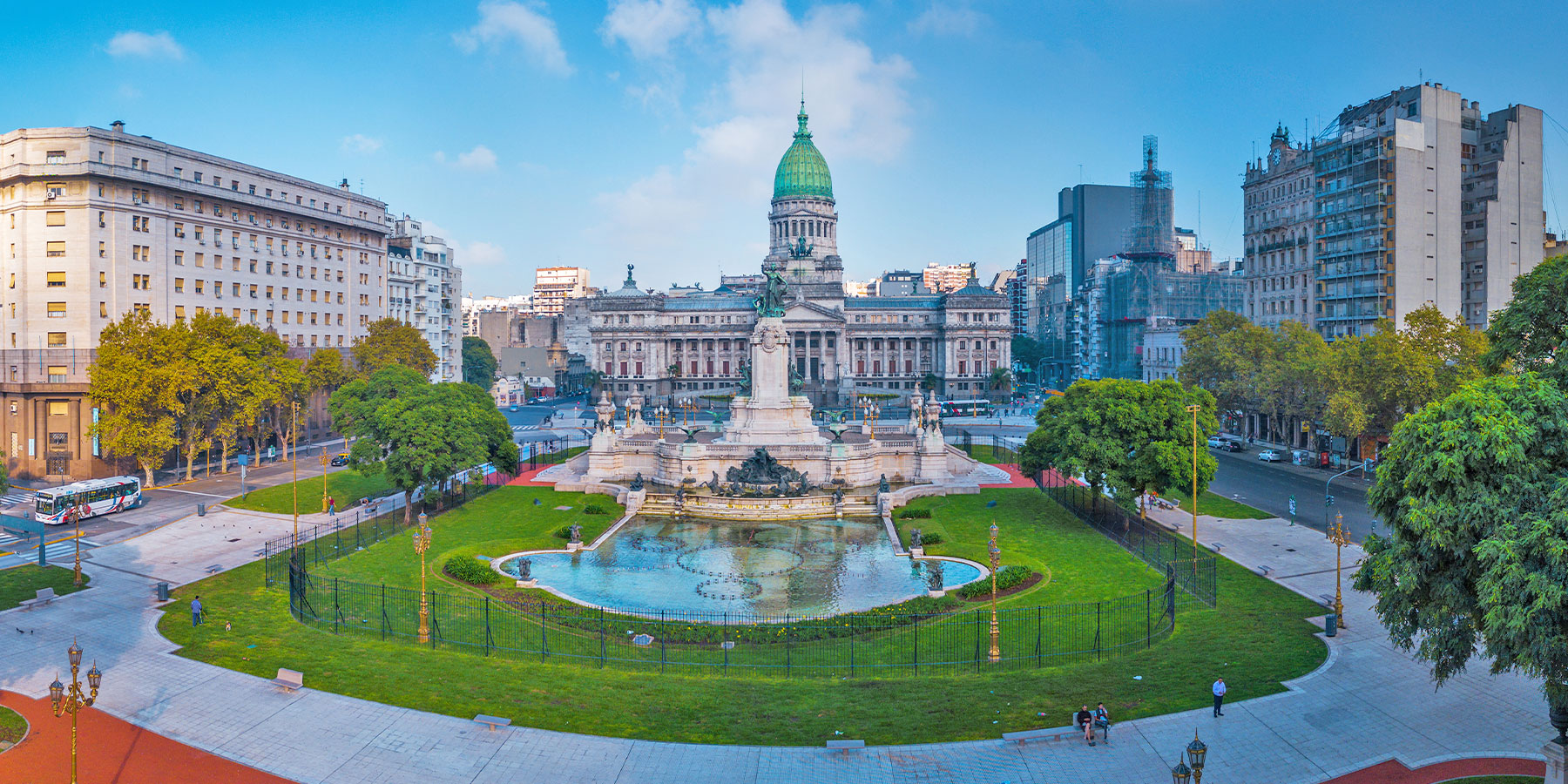
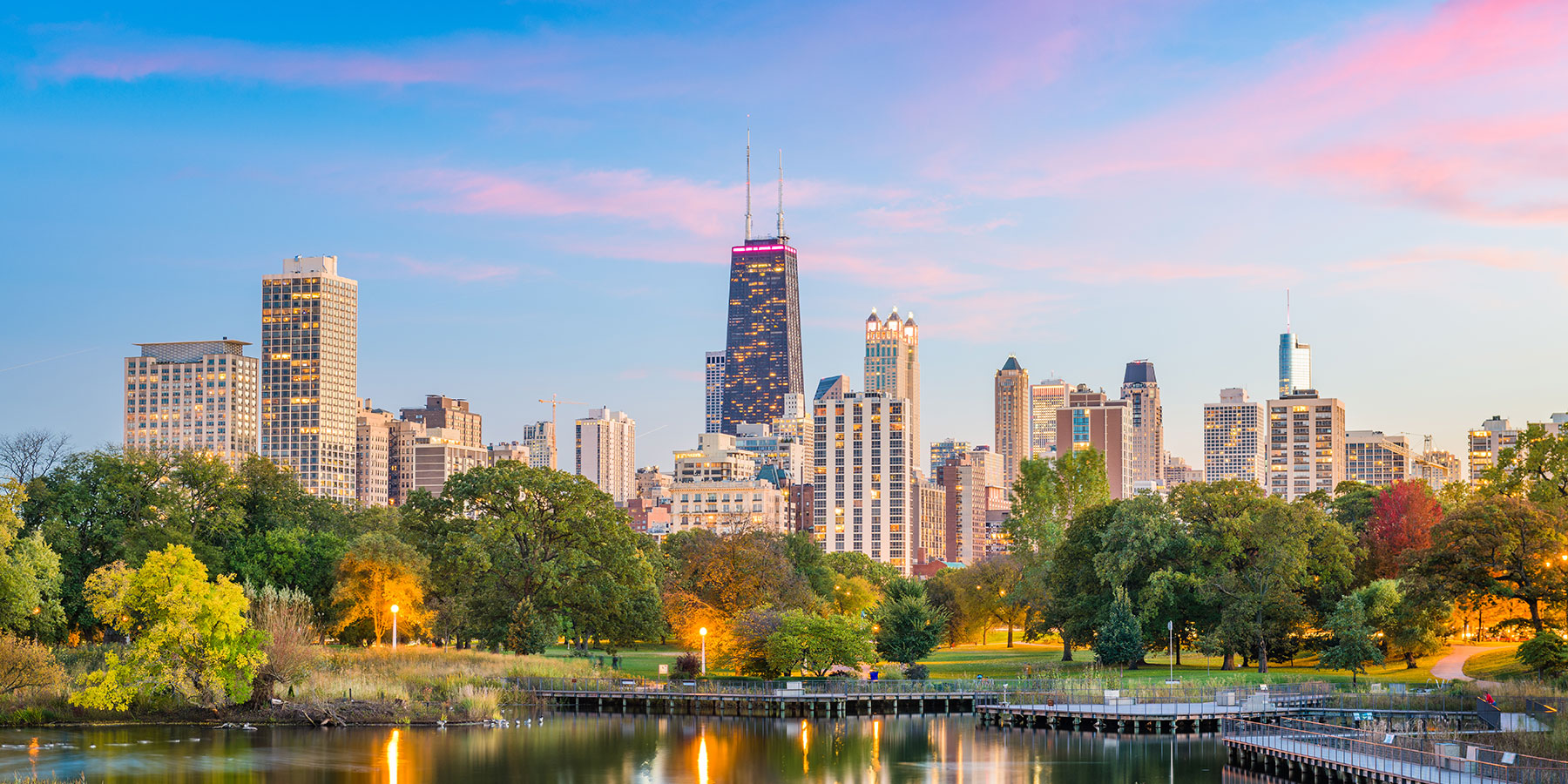
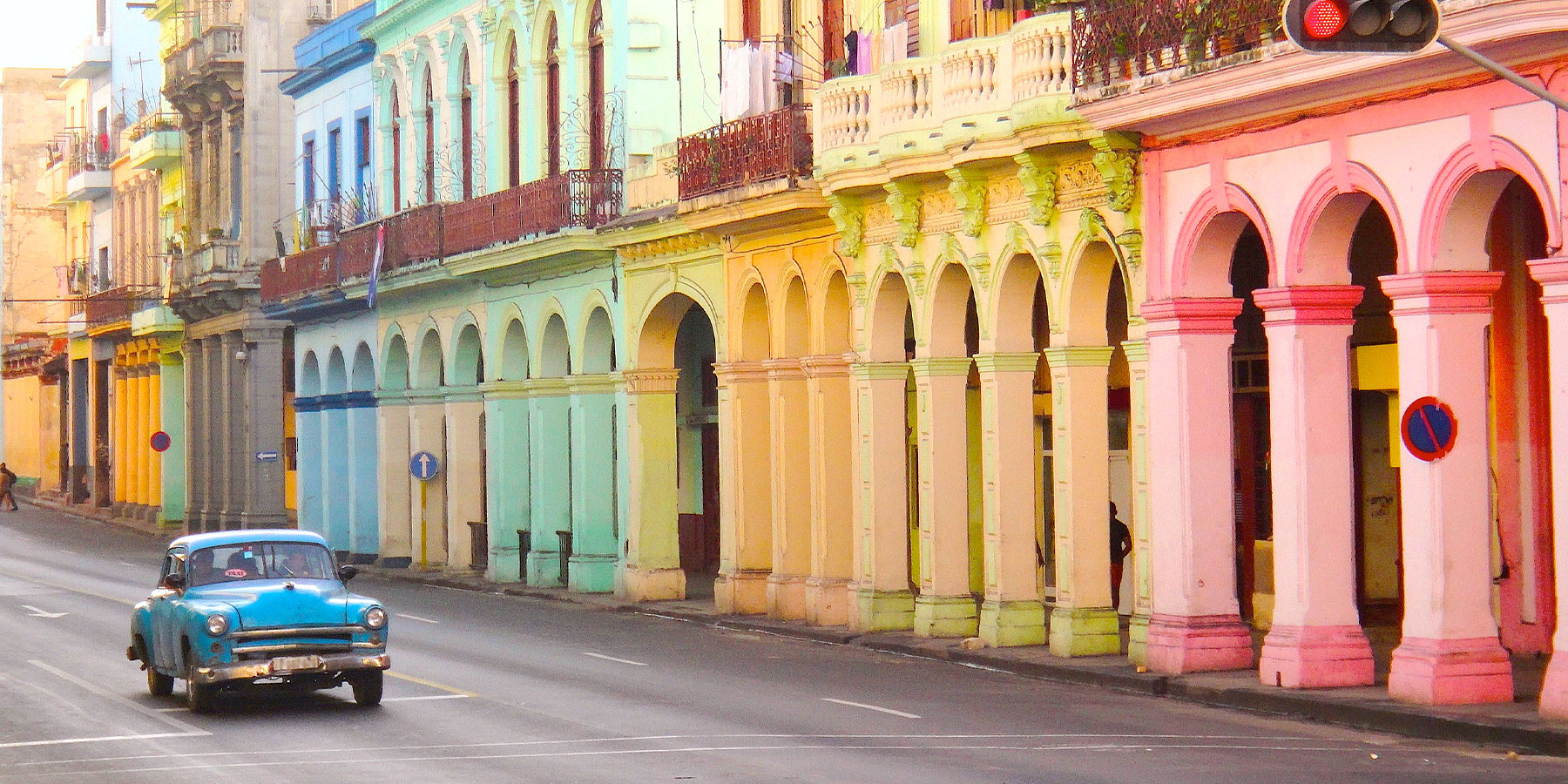
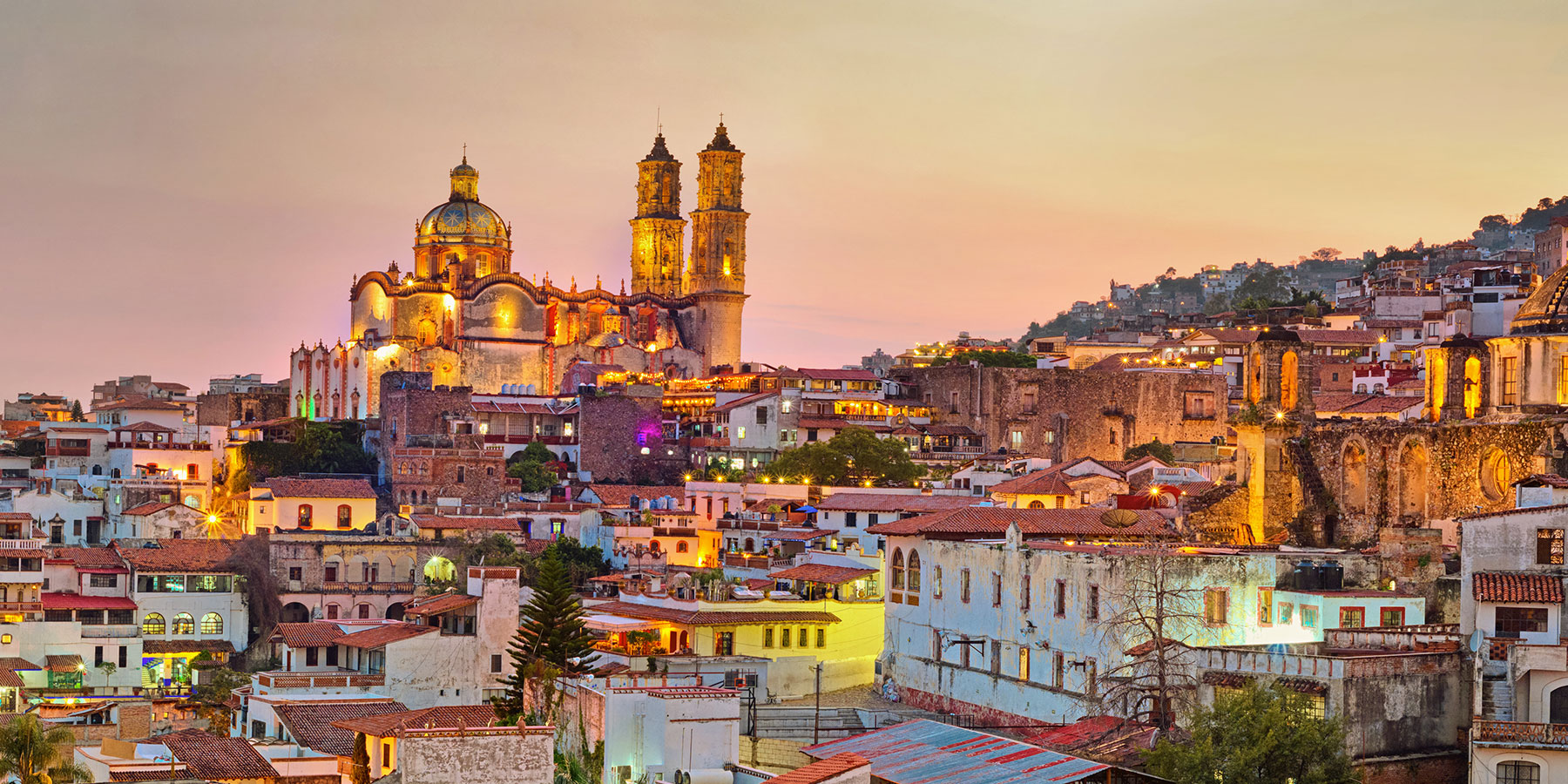


Comments